
Tags
Loading...
Select from existing tags
'"The Tube" at Treblinka' (2007), oil on linen, 140 x 100 cm. 2007
Sigmund Freud, the author of a 1917 essay on 'Mourning work' was, of course, Jewish and ended his days in London as a refugee from Nazi-occupied Austria. ‘ “The Tube” at Treblinka’ commemorates some of the victims of the Nazi Holocaust. Shortly after arriving by train at the death camp of Treblinka in Poland, prisoners were compelled to undress. They were robbed of their h...
- Credit:
- All rights reserved. Exhibited on USEUM with the permission of the rights owner.
More from this artist...
Loading...

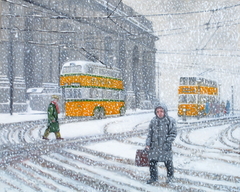

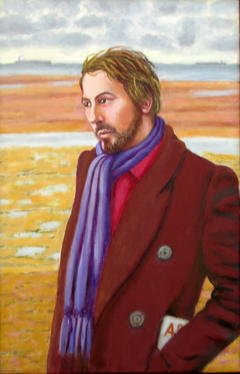

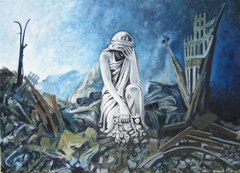
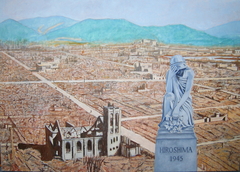
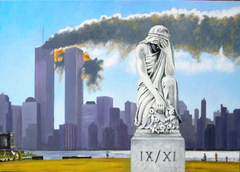


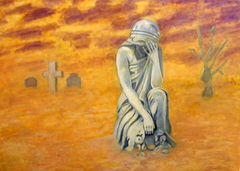
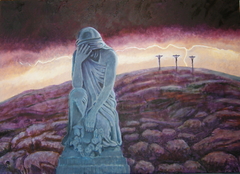
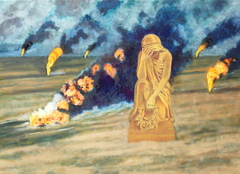
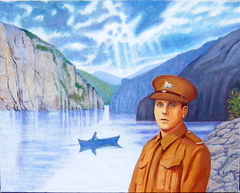
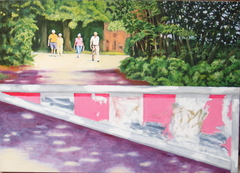
Discussion